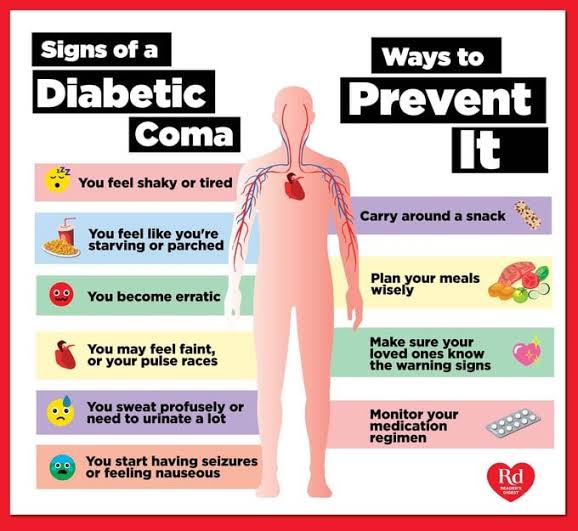Diabetic shock occurs when blood sugar levels drop dangerously low. Diabetic shock is not a medical term, but it is often used by people to describe a situation of severe hypoglycemia that requires the help of another person. People with slightly low blood sugar are usually blood, which doctors call an insulin reaction or hypoglycemia and people with hypoglycemia often experience headaches, dizziness, sweating, shakiness, and a feeling of restlessness,
When a person goes into diabetic shock, or severe hypoglycemia, they may lose consciousness, have difficulty speaking, and experience double vision. Early treatment is essential because blood sugar levels that remain low for too long can lead to seizures or seizures. Diabetic coma. Hypoglycemia can sometimes set in quickly and may occur even when a person is following a diabetes treatment plan.
symptoms
Blood sugar levels naturally rise and fall throughout the day. Usually, it rises shortly after a meal and dips after physical activity or fasting. Most people do not feel any negative effects from these changes, but they can cause problems for people with diabetes.
Early signs of low blood sugar levels include:
headache
nervousness
anxiety
Dizziness
sweating
vibration
irritability
moodiness
hunger
Symptoms of hypoglycemia often get worse and can be fatal if left untreated. Symptoms of diabetic shock or severe hypoglycemia may include:
Blurry or double vision
seizures
cramps
drowsiness
Unconsciousness
unclear
trouble speaking
confusion
jerky movements

